"The 2015 Best Websites for Teaching & Learning foster the qualities of innovation, creativity, active participation, and collaboration. They are free, Web-based sites that are user friendly and encourage a community of learners to explore and discover. "
Get Started for FREE
Sign up with Facebook Sign up with X
I don't have a Facebook or a X account
 Your new post is loading... Your new post is loading...
 Your new post is loading... Your new post is loading...
Nancy Jones's curator insight,
August 6, 2014 11:21 AM
this is a handy visual for teachers to remind themselves that we are learners too!

Siphiwe Kubeka's curator insight,
May 22, 2014 8:06 AM
Technology has made education to be much easier and more interesting in information literacy

Melissa Marshall's curator insight,
October 25, 2014 10:42 AM
A very interesting article that examines whether digital literacy is a surface approach, or something understood clearly by students. I think we could do it a little better, and this involves some extra awareness of these teaching moments when they arrive! For instance, I use the first presentation-style assignment for my Year 7s to teach about plagiarism and referencing online sources.
Julie Hogarth's curator insight,
November 4, 2014 9:09 PM
Digital Literacy should be integrated into every day curriculum to be effectively instilled into student thinking and behavior.

Audrey's curator insight,
November 29, 2013 2:26 PM
These skills make a lot of sense and all tend to be included in education, right now. In addition to learning the standard topics, most educational establishments incude socio-cultural, moral and practical lessons for students to be able to cope with life in the 21st century.
audrey@homeschoolsource for http://www.homeschoolsource.co.uk

Ruth Virginia Barton's curator insight,
February 13, 2015 11:30 AM
Excellent infographic about learning science through critical-thinking and student-directed inquiry

Bryan A. Sonda Piña's curator insight,
March 26, 2013 6:45 PM
I guess this process will take time to be a reality

Mohini Lata's curator insight,
May 20, 2013 8:34 AM
As technology is becoming powerful and life changing how can we prepare students for the 21st century survival. The seven survival skills purposefully apply in a classroom. This links with Using Mathematical Higher order thinking - Critical Thinking and problem solving prepares students to see problems from different angles and formulate their own solutions. Collaboration encourages students to take on different roles. Agility and Adaptability – be willing to adapt to the changes around them.Initative and Entrepreneurship - always try. Effective Oral and written communication - how to speak confidently and clearly. Accessing and Analyzing Information- learn the difference between factual information and factual-sounding opinions. Curiosity and Imagination - teach them how to apply them creatively and purposefully. Technology has become an essential and important tool for education, helping teachers with their work and most importantly supporting the students. This also links with brief design technology and the digital technologies strand of the National Technologies Curriculum as students are taught how to use the technologies available to them.

Sophie Colas's comment,
February 25, 2013 7:37 AM
A ces qualités nécessaires, j'ajouterai la maturité, la générosité et la duplicité.

Sophie Colas's curator insight,
February 25, 2013 7:37 AM
A ces qualités nécessaires, j'ajouterai la maturité, la générosité et la duplicité. 
Sophie Colas's comment,
February 25, 2013 7:48 AM
Excusez-moi, toutes les qualités contraires à la duplicité : droiture et franchise. Oups

Randy D. Nichols's curator insight,
January 15, 2013 9:30 AM
A good list to help you start (or continue) bulding a "digital toolbox" for multimodal compositions. (I will steal some of these ideas for my delicious links!)
|

Dr. Deborah Brennan's curator insight,
June 7, 2015 5:56 PM
Preparing our students with the necessary skills for post-secondary career and college is critical, but especially for our poverty students. Too often, school is the only venue to provide these thinking, collaboration, and problem solving skills. However, many poverty schools under the pressure of standardized testing are stuck in a remediation routine of filling gaps in content, reading, and math. We must provide time for teachers to collaborate and plan integrated lessons that integrate these higher level thinking skills into their content areas. 
Katie Catania's curator insight,
August 5, 2015 9:10 AM
What skills do learners need today to be prepared to be a leader as they move through school and into careers? Google commissioned a study and this post provides a short video that discusses key findings as well as a link to the final report, Driving the Skills Agenda: Preparing Students for the Future. The Executive Summary provides a number of key findings, including the ones listed below. (The text below is quoted from the report.) * Problem solving, team working and communication are the skills that are currently most in demand in the workplace. * Education systems are not providing enough of the skills that students and the workplace need. * Some students are taking it into their own hands to make up for deficiencies within the education system. * Technology is changing teaching, but education systems are keeping up with the transformation rather than leading it. The full report provides additional information, including a number of visuals as well as case studies. As educators it is important that we consider the skills our learners will need in the future, and this report provides insight into some of what will be needed.

Melissa Marshall's curator insight,
September 9, 2014 9:23 PM
The Pencil as a metaphor for educators and technology. I have yet to have a student ask, 'I won't do this because no-one's given me any PD.'

malek's curator insight,
May 5, 2014 8:49 AM
“We don’t even know if anyone is listening, 
Michelle Gilstrap's curator insight,
May 5, 2014 2:46 PM
This is a great reminder to put down our phones and computers and relate to life. It is short, but impactful

Rosemary Tyrrell, Ed.D.'s curator insight,
January 15, 2014 2:30 PM
This is a great article and seems to be based on the same ideas that Carol Dwek's Mindset relies on. Worth a read. 
Terry Doherty's curator insight,
January 27, 2014 5:48 PM
I like the approach of "walking in their shoes" to describe how educators effect an interest in learning.

Nalya Ovshieva's curator insight,
September 29, 2013 3:14 AM
Infographics is a new kind of visual literacy. They are a kind of visual summary of information that would take a reader hours to process

David Baker's curator insight,
September 29, 2013 6:40 PM
This was a great project for our teachers last year. We are posting their info graphics outside out Office of Professional Development. 
Gayle Kakac's curator insight,
September 30, 2013 8:10 PM
Been loving infographics and looking for a good way to incorporate these. Hoping for an app that would make them easily. We'll see what this has to say...

davidconover's curator insight,
August 30, 2013 8:04 AM
I look forward to sharing this game with my students. I wonder what their comments will be. 
Amélie Silvert's curator insight,
August 30, 2013 11:10 AM
Defining moral dilemnas, finding solutions and discussing. Collaborative work. Why not give it a try?
Jennifer Snapp's curator insight,
July 31, 2015 8:02 PM
I chose this article because it addresses the importance of communication for students who are introverts. Students must be able to speak up not just for a grade, but for their health, happiness, and success in society. Hopefully, others will look differently at the introverts in their classes and help them become better communicators so that they can speak up for themselves in and out of the classroom. Interesting article. 
Jennifer Colin's curator insight,
October 20, 2015 9:56 AM
This is a very insightful look at teachers dealing with introverts in their classrooms. It is true that parents may advocate for giving their child a pass on participation or presentations because of his/her personality type. Author Lahey says, in essence, that's bunk. "A student who is unwilling to stand up for herself and tell me that she does not understand the difference between an adverb and a verb is also less likely to stand up for herself if she is being harassed or pressured in other areas of her life." Encouraging students to speak up is not just important for making the grade, but can also be a matter of personal health and safety. "If you can't stand up for yourself...the world will be a very intimidating and frightening place. I don't want my kids to be intimidated by the world." As an aspiring administrator, this is an important stance to keep in mind. Teachers may be tempted to cave to the wishes of parents of introverted students. But doing so is not helping the children; it is ultimately doing them a disservice. |



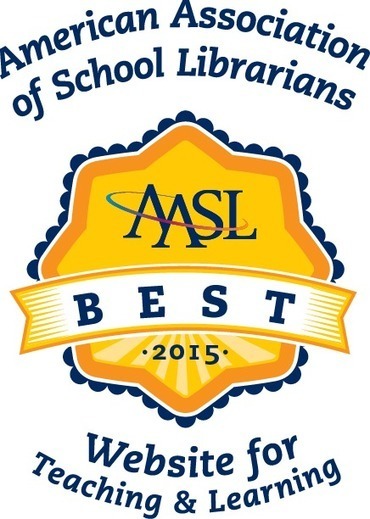

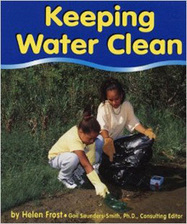




![Top 10 Skills for the 21st Century Young Professional [Infographic] | Eclectic Technology | Scoop.it](https://img.scoop.it/z5P_zLpU88v4IZDB1kUQxjl72eJkfbmt4t8yenImKBVvK0kTmF0xjctABnaLJIm9)


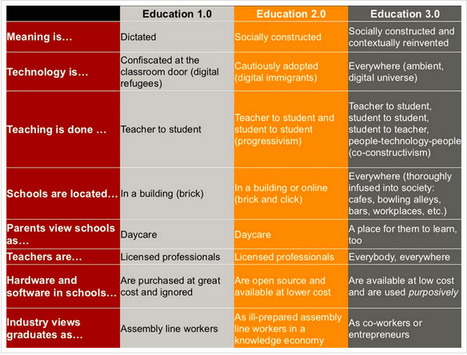

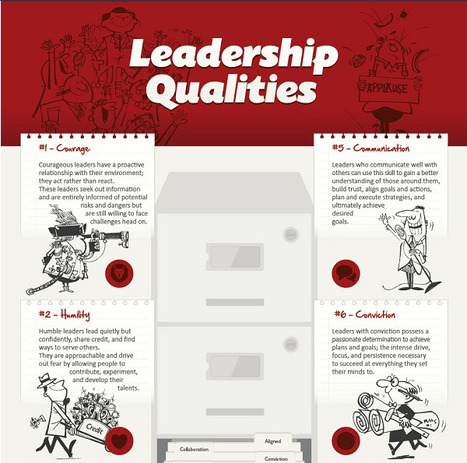

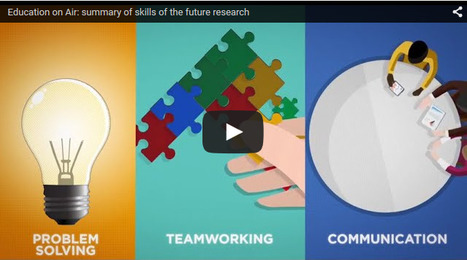

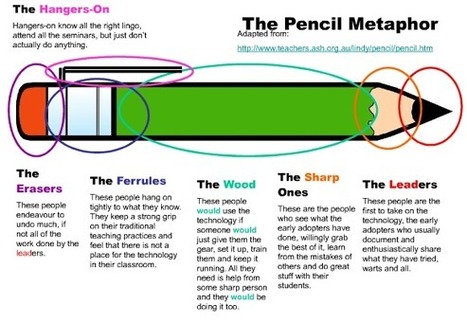
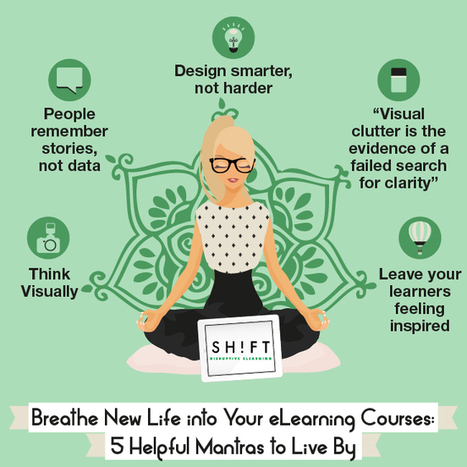




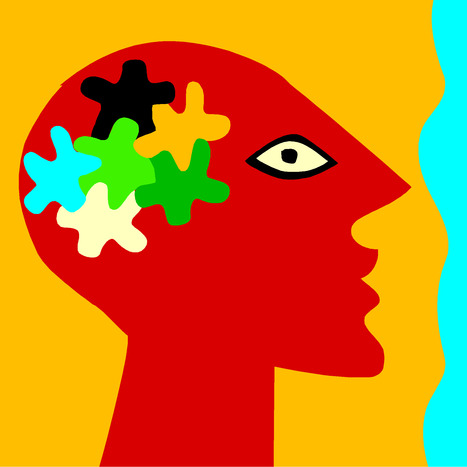

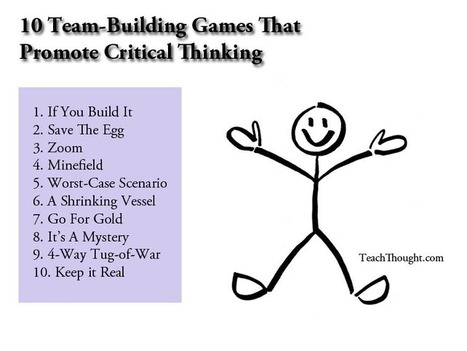
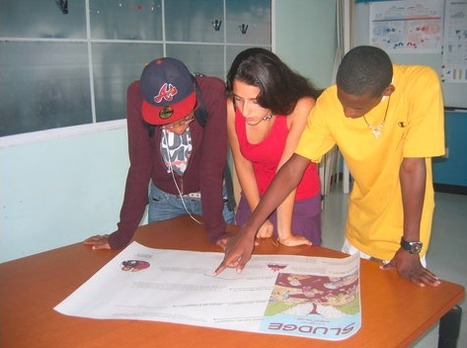



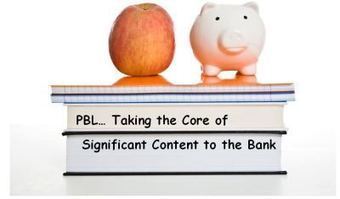






The American Association of School Librarians shares their top websites for 2015 in this post. The websites are in six areas:
* Media Sharing
* Digital Storytelling
* Manage & Organize
* Social Networking & Communication
* Content Resources
* Curriculum Collaboration
As always you will find great new tools and they provide a brief explanation as well as a suggestion of grade levels. A few that you may want to check out are listed below.
* Tackk allows you to create web pages quickly, and is free!
* My Storybook allows students to create online books and would be great to use with younger students.
* FlipQuiz allows you create game-style quizzes
This is just a few of their recommendations. Take some time to check out this new list, and find one or two new tools to use with your learners this year!
The American Association of School Librarians shares their top websites for 2015 in this post. The websites are in six areas:
* Media Sharing
* Digital Storytelling
* Manage & Organize
* Social Networking & Communication
* Content Resources
* Curriculum Collaboration
As always you will find great new tools and they provide a brief explanation as well as a suggestion of grade levels. A few that you may want to check out are listed below.
* Tackk allows you to create web pages quickly, and is free!
* My Storybook allows students to create online books and would be great to use with younger students.
* FlipQuiz allows you create game-style quizzes
This is just a few of their recommendations. Take some time to check out this new list, and find one or two new tools to use with your learners this year!